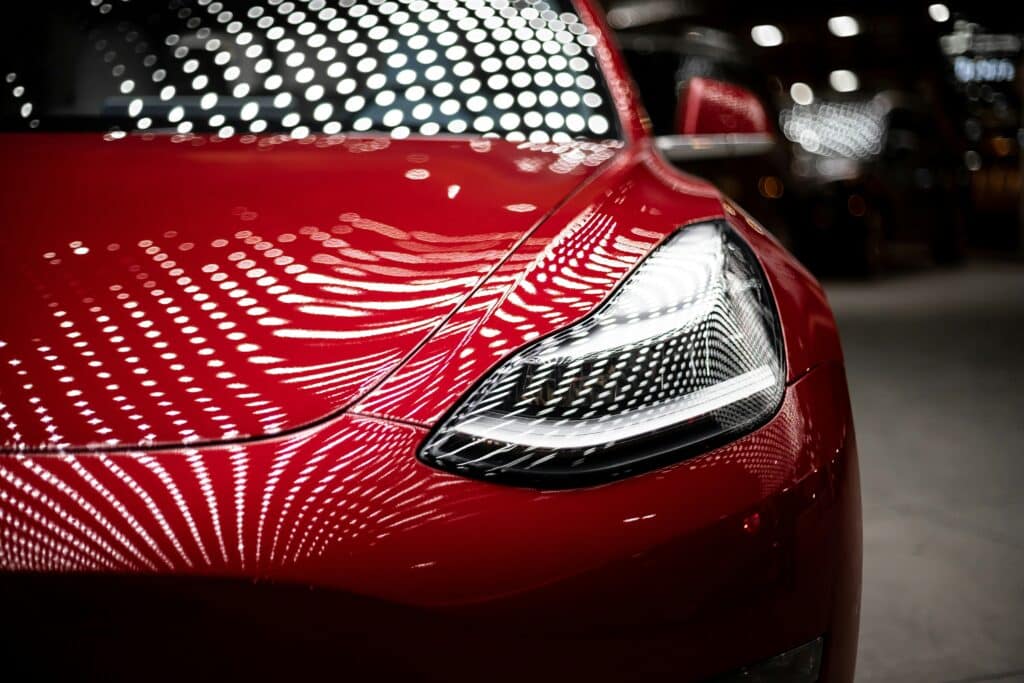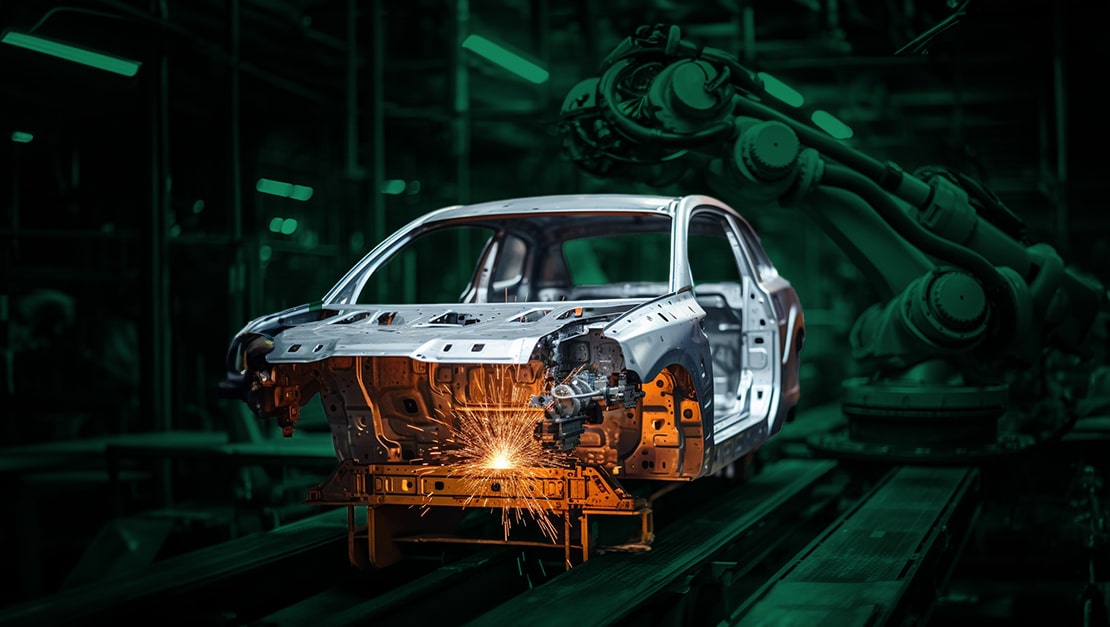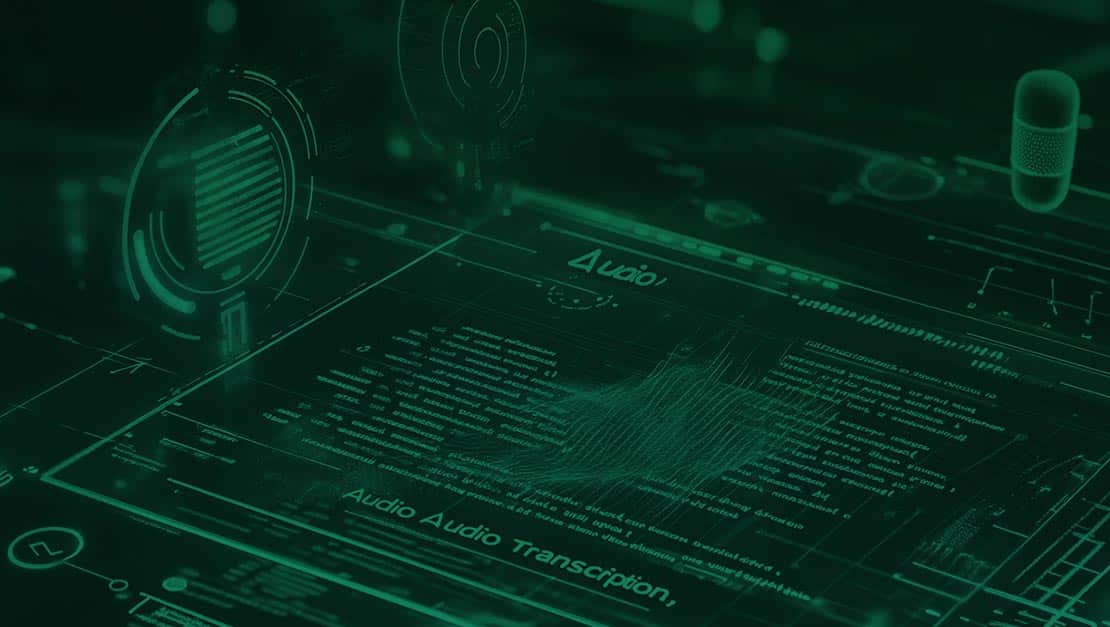With each passing year, the technology of automobiles continues to evolve in astounding ways. With artificial intelligence, there’s so many benefits to be had in terms of efficiency, safety, and experiences.
We’re going to look at the future of AI in automotive industry to explore the many ways by which the technology is transforming and shaping the automotive industry.
What are the Applications of AI in Vehicles Presently?
It seems like just yesterday that cars were being brought to the production line. Today, there are self-driving cars, along with the prospect of flying cars.
Let’s look at the current applications of AI in vehicles:
Autonomous Vehicles
Chances are you’ve seen a Tesla drive itself, or perhaps, you’ve noticed Waymo’s self-driving vehicles cruising around town surrounded by cameras. Autonomous vehicles are powered by AI, including sensors, data processing capabilities, and the use of decision-making algorithms, which can mimic how a human would make a split second decision.
Advanced Driver Assistance Systems (ADAS)
Advanced driver-assistance systems (ADAS) are features that enhance vehicle safety. Through a human-machine interface, ADAS aims to hasten a driver’s reaction times to potential hazards with early warning systems that are automated. For example, functions of these systems include: traffic signals recognition, forward collision warning, anti-lock brakes, adaptive cruise control, and traction control, to name a few.
Infotainment systems
Within cars’ infotainment systems, artificial intelligence allows for a driver to speak commands to reap results. With voice recognition, drivers can keep their hands on the wheel and eyes on the road as they request music to be played or a text message to be read aloud.
Predictive maintenance
The automotive industry is increasingly relying on predictive maintenance, powered by AI, to reduce downtime and boost a vehicle’s efficiency. Sensors and systems provide alerts for potential downfalls or maintenance needs proactively so that repair shops, manufacturers, and owners can minimize repairs or vehicle failures.
In-Car Personalization
Last but not least, we can’t forget about the AI that improves the lives of drivers. With personalized settings, recommendations, and voice-activated controls, AI technologies are supporting the on-the-road experience for those behind the wheel. Voice-Activated Controls enable hands-free control of navigation, media, and communication systems within cars. And In-Car Assistants are Virtual assistants, much like Siri on an iPhone, exist within cars to offer aid to the driver. For example, Mercedes offers voice assistance that even brings ChatGPT-powered AI in the mix, with its Mercedes Benz User Experience (MBUX).
AI and Vehicle Connectivity
Beyond safety and maintenance is the use of AI for vehicle connectivity.
Internet of Things (IoT)
It’s projected that by 2025, the number of connected vehicles worldwide will reach 2 billion. The Internet of Things (IoT) refers to a network of connected devices and systems that can communicate between themselves. In terms of cars, a connected vehicle is able to establish a wireless connection with devices nearby. Thus, it can transmit data and information to devices within and outside of the vehicle. An example of why this is important in a practical sense is when it comes to safety. A connected vehicle is able to communicate with infrastructure like traffic lights to increase intersection safety.
Vehicle-to-Vehicle (V2V Communication)
Vehicle-to-vehicle communication enables vehicles to broadcast Basic Safety Messages (BSMs) to other vehicles, including real-time updates about road situations. It’s basically like having an IoT on wheels, which further supports autonomous driving and fleets that wish to follow one another in what’s known as “flocking.”

Key Players and Notable Advancements
If we want to see the future of AI in automotive industry in action, we can simply look to two shining examples of how far the technology has already come, namely:
Tesla’s Autopilot
Tesla offers autopilot, an advanced driver assistance system, that empowers the car to do much of the work for the driver and assist in optimizing safety. With external cameras and vision processing, autopilot now comes standard in each Tesla. Along with autopilot, Tesla also provides a full self-driving capability by which the vehicle can drive itself anyways, change lanes autonomously, park itself, identify stop signs and traffic light signals, and more.
Waymo’s self-driving technology
Waymo, a subsidiary of Alphabet Inc. (Google’s parent company), is on a mission to be “the world’s most trusted driver.” Powered by AI, Waymo is a ride-hailing service without drivers. It’s currently operational in San Francisco and Phoenix, with Los Angeles and Austin next to hit the map.
Driving Towards Autonomy: Self-Driving Cars
Before we get into the challenges of achieving the highest level of autonomy in the automotive industry, it’s helpful to understand the various levels of autonomy.
The Society of Automotive Engineers (SAE) has ranked autonomy in levels from 0 (fully manual) to 5 (fully autonomous).
- 0: no automation
- 1: driver assistance (i.e. cruise control)
- 2: partial automation (i.e. ADAS)
- 3: conditional automation (i.e. most driving tasks can be performed, but still needs human override)
- 4: high automation (i.e. human override is an option, but the vehicle can perform driving tasks under conditions)
- 5: full automation (i.e. there is zero human interaction required as the vehicle can unconditionally perform all driving tasks)
Challenges in Advancements
As cars start to drive themselves, there are challenges that arise in terms of moving from level 0 to level 5. Some of these include:
- Sensor technology: Autonomous vehicles leverage three types of sensors to understand and map their surroundings. The sensors are either radio-based (radar), light and laser-based (liDAR), or vision-based (cameras). Car manufacturers must have access to the latest and greatest technologies in these realms to create vehicles that can drive themselves safely.
- Regulatory hurdles: Along with the technology itself, regulations are being created to set safety standards and rules of the road. Until now, traffic laws have applied to humans. There’s now a new age in which regulating the cars and drivers as one is becoming the norm.
- Public acceptance: Change takes getting used to. For example, would you eagerly jump in a Waymo self-driving car rather than an Uber with a human? If you had to think about it for even a second, then that’s an example of how public acceptance can sway the outcome of autonomous vehicles and the future of AI in the automotive industry.
AI-Driven Innovations in Manufacturing
Along with the driver experience of AI in the automotive industry, the technology is also making waves in automotive manufacturing.
AI and robotics are revolutionizing production processes and expediting procedures. Rather than having to rely on human hands to get all the work done on a manufacturing floor, robotics are being used to streamline workflows and optimize safety.
Additionally, when it comes to supply chains and quality control, AI is ubiquitous. From predictive analytics for repairs to route optimization for logistics, and everything in between, AI is helping automotive companies and fleet management teams work smarter, not harder.
Also, Virtual prototyping is saving manufacturers time, money, and potential damage. With virtual prototyping, teams can test different vehicle models and designs under different conditions without the need for a physical prototype.
Speech AI Benefits for Employees
A powerful and easy-to-implement example of AI in automotive manufacturing is aiOla’s speech-enabled AI technology. For employees of manufacturers, car dealerships, and maintenance teams, speech AI makes the job more seamless, integrated, and less strenuous.
Here are some of the major benefits that speech recognition technology delivers:
- Increased Operational Efficiency: Rather than having to schedule tasks and complete processes with manual data-entry, workers can speak into the voice-activated system (like aiOla) to manage their to-do list. Since this increases their productivity, they have more time to spend on high-level and value-add responsibilities. aiOla empowers speech-based solutions for production line checklists, pre-op and in-process inspections, and SOPs to maximize safety and reduce errors. For service operations, aiOla helps to complete time-sensitive workflows via speech and removes any need for paper-based trails.
- Improved Safety: With the ability to speak into voice-activated devices, employees can reduce distractions and protect their own safety. Whether it be on the maintenance floor while repairing vehicles or on-the-road driving, the ability to keep hands and eyes up and on the task at hand results in less risk.
- Better Customer Support: With the influx of customer support tickets, companies are turning to speech AI to answer queries and provider customer service. This way, customer needs can be addressed more quickly in real-time, leading to improved customer satisfaction. Ultimately, this also helps to alleviate the workload for employees so that they can focus their time on other responsibilities, rather than back-and-forth communication.
- Training and Onboarding: Speech AI can also customize and personalize training programs to offer ongoing support and development for each individual employee’s needs. Employees who feel invested and supported in their work are more likely to enjoy job satisfaction, and thus, less likely to turnover.
AI in Automotive Safety and Navigation
For consumers and people working within the automotive industry, or even fleet management for that matter, AI is enhancing safety and assisting with navigation to save time and headaches.
- Real-Time Traffic Management: Companies can leverage AI algorithms to optimize route planning, reducing congestion and delays. As a result, drivers are less likely to become frustrated and agitated, or tired and danger-prone, while on the road.
- Enhanced Safety Features: AI systems are improving vehicle safety by responding to hazards in real-time and alerting the team if any corrective action or maintenance must be performed.
- Voice and Gesture Controls: Drivers no longer have to take their hands off the wheel to activate controls. AI-enabled speech recognition devices allow for voice commands and gestures to produce the same results.
Conclusion
From this introduction alone into the future of AI in automotive industry, it’s crystal clear that a lot is changing in the world of vehicles on the road. Artificial intelligence is reshaping how drivers interact with their vehicles and the road, how car manufacturers get work done, and the way in which vehicles communicate with each other.








